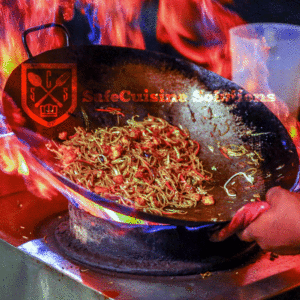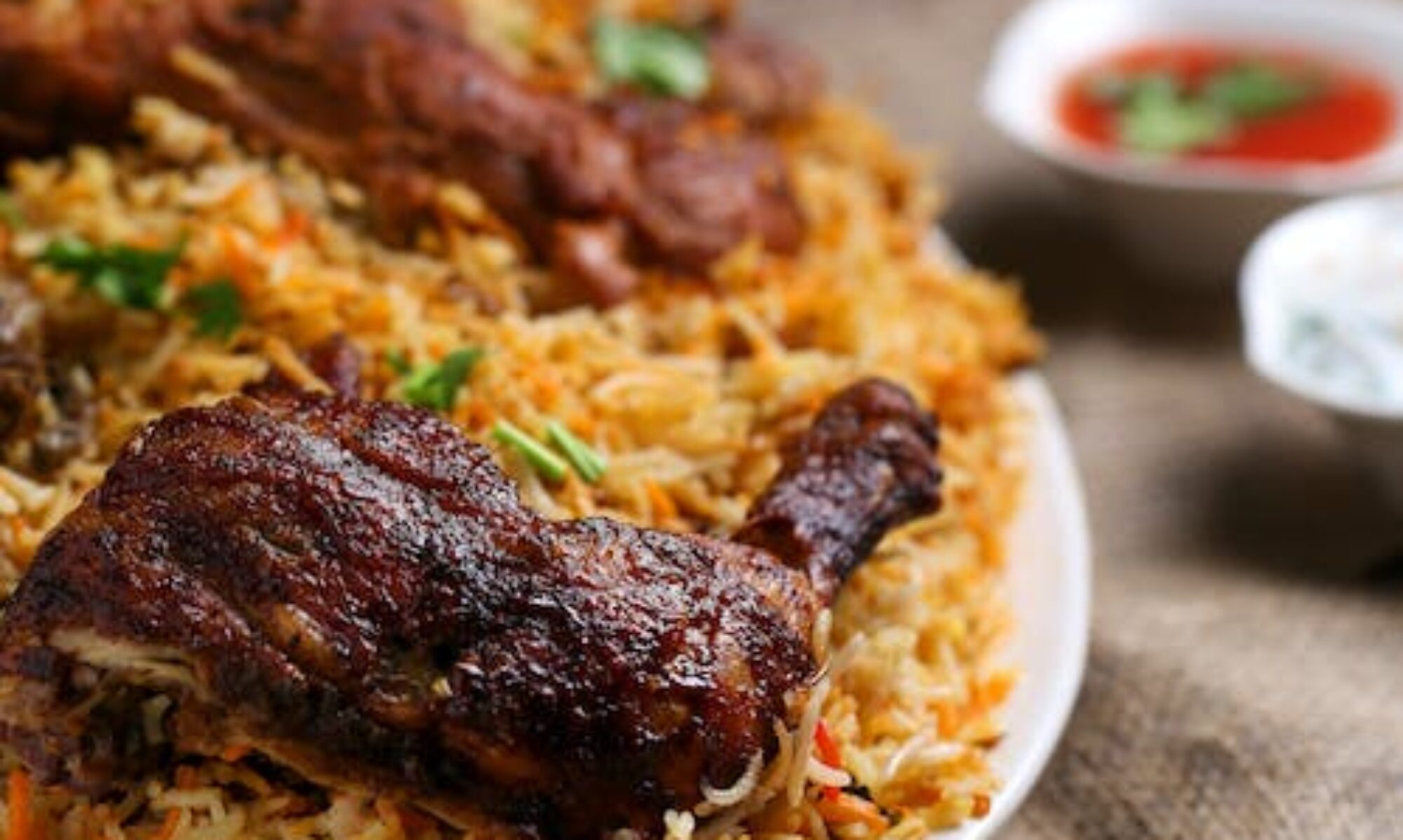
Proper cooking and holding temperatures play a vital role in ensuring the safety of the food served in your culinary establishment. Cooking food thoroughly kills harmful bacteria and pathogens, while holding it at appropriate temperatures prevents their growth. In this blog post, we will emphasize the significance of maintaining proper cooking and holding temperatures, and provide practical insights to help you prioritize food safety in your kitchen.
Understanding the Importance of Temperature Control:
Cooking food to the right internal temperature is crucial for eliminating harmful bacteria and reducing the risk of foodborne illnesses. Different types of food require specific minimum internal temperatures to ensure they are safe for consumption. Holding food at the correct temperature after cooking is equally important, as improper holding can allow bacteria to multiply rapidly, compromising food safety.
Practical Tips for Proper Cooking and Holding Temperatures:
- Use Food Thermometers: Invest in reliable food thermometers and train your kitchen staff to use them correctly. Thermometers provide accurate readings and help you determine whether food has reached the recommended safe minimum internal temperature. Use them to check the internal temperature of meats, poultry, fish, and other potentially hazardous foods to ensure they are cooked thoroughly and ready to be served.
- Recommended Internal Temperatures: Familiarize yourself and your staff with the recommended safe minimum internal temperatures for different types of food. For example, poultry should reach an internal temperature of at least 165°F (74°C), ground meats should reach 160°F (71°C), and steaks or roasts should reach 145°F (63°C) with a 3-minute rest time. Refer to reputable food safety resources for comprehensive temperature guidelines.
- Regular Monitoring and Record-Keeping: Implement a system for regular temperature monitoring and record-keeping. Keep a log of temperature checks for different foods and record the time and temperature readings. This helps you demonstrate compliance with food safety regulations, identify potential issues, and take corrective actions promptly. Regular monitoring ensures that you consistently maintain the proper cooking and holding temperatures.
- Hot Holding and Cold Holding: Properly hold hot and cold foods at safe temperatures to prevent bacterial growth. Hot foods should be held at a temperature of 140°F (60°C) or above to inhibit bacterial multiplication. Cold foods, on the other hand, should be held at a temperature of 41°F (5°C) or below to prevent bacteria from thriving. Regularly monitor holding temperatures and adjust as needed to ensure food remains within the safe temperature range.
- Time Limits for Holding: Establish time limits for holding cooked foods. Hot foods should not be held for more than two hours within the temperature danger zone (40°F – 140°F or 4°C – 60°C). After two hours, bacteria can multiply rapidly, increasing the risk of foodborne illnesses. Discard any perishable foods that have exceeded the recommended time limits for holding.
Proper cooking and holding temperatures are essential for maintaining food safety and protecting the health of your customers. By using food thermometers, following recommended internal temperature guidelines, regular monitoring, and establishing time limits for holding, you can significantly reduce the risk of foodborne illnesses and ensure that the food served in your culinary establishment is safe and enjoyable.
At SafeCuisine Solutions, we recognize the critical role of temperature control in food safety and offer comprehensive consulting services to help you implement effective temperature management protocols. Together, let’s prioritize food safety, uphold industry standards, and create a dining experience that fosters trust and satisfaction among your valued customers.
Stay tuned for more informative articles and resources on food safety as we continue our commitment to elevating culinary standards and ensuring the highest level of safety and excellence in the industry.

